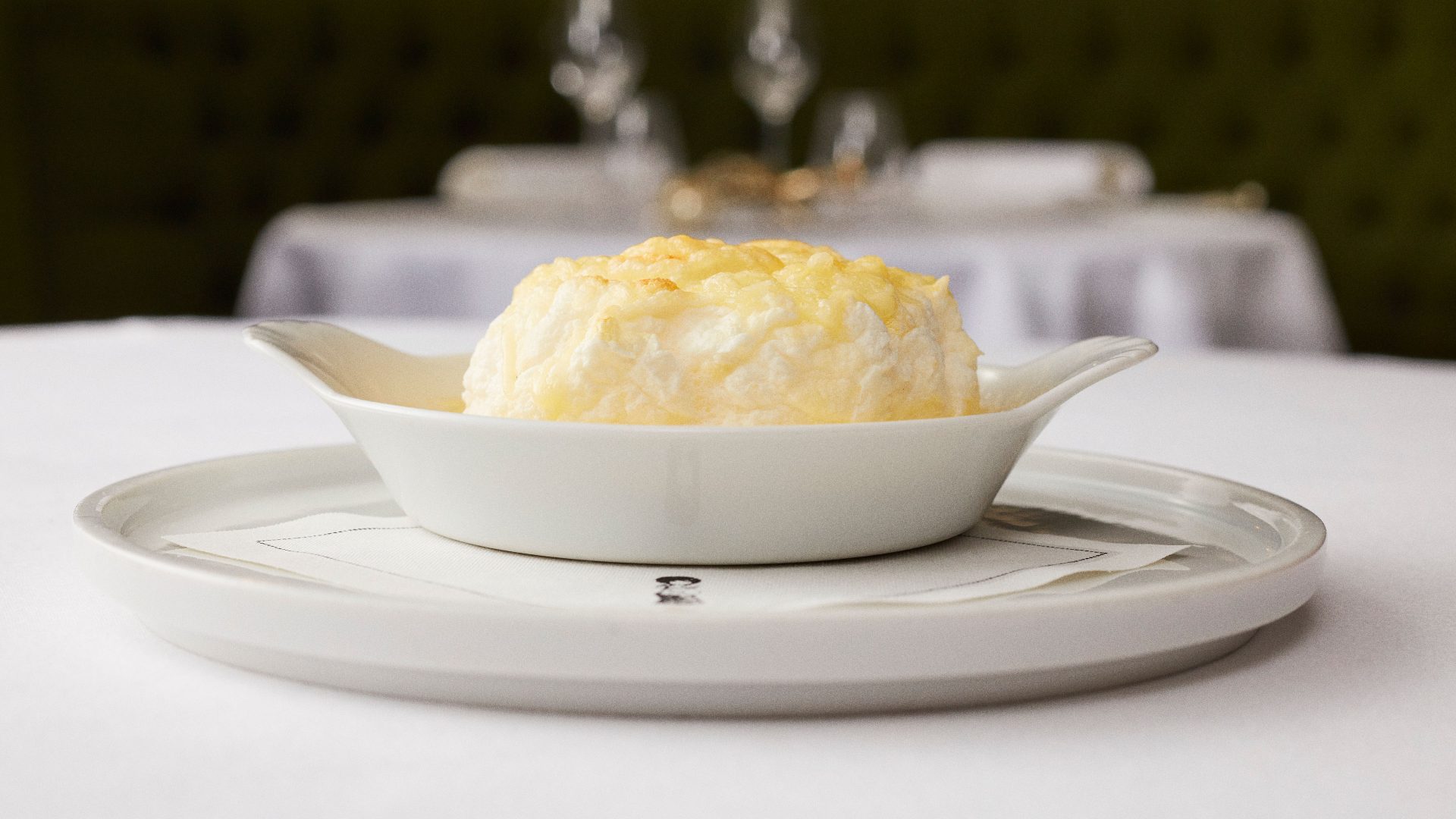When words are borrowed from one language into another, interesting things can happen.
The French word avec translates into English as “with” and is grammatically a preposition: Viens avec moi! “Come with me!” But when it was borrowed into Swedish and Norwegian, avec changed both its meaning and its grammatical status rather significantly.
According to the Swedish Wikipedia, also confirmed to me by many Swedish speakers from Sweden and Finland, “avec are drinks which are consumed after dinner with coffee”. Typical examples would include whisky, cognac, dark rum, tequila, and various liqueurs.
The form avec here is said to be a menu abbreviation of French café avec le petit verre, meaning “coffee with the little glass” – English speakers would probably be more likely to say “with a little glass” – of something alcoholic. The usage seems to have become established towards the end of the 19th century.
In Finnish Swedish-speaking communities, there is another special usage of avec: people might receive an invitation translating as something like “Welcome to our traditional autumn party with avec on Friday, September 22 at 18:00”. Avec here does not signify an alcoholic drink, however. It is apparently historically an abbreviation of avec dame “with a lady” – that is, you should, or may if you wish, bring someone with you, and of course these days that does not necessarily mean a woman. So avec here means partner.
In this country we would probably nowadays write “plus 1” on an invitation, and this too has led to an interesting grammatical development. People can be heard, on arriving at a formal dinner or party, to announce “I’m a plus one”, where plus one has become a noun.
Something not totally dissimilar has happened in the English of the United States. In many restaurants in the USA, roast beef may be served au jus, meaning “with the juice”. This applies in general to meat dishes prepared or served together with a light gravy made from the fluids exuded by the meat as it is cooked.
In French, grammatically au jus is a phrase consisting of the preposition au “with the” followed by the noun jus “juice”. But in contemporary American English, the prepositional phrase au jus has become a noun. A waiter may ask “would you like some au jus?” A recipe may read “take it out of the oven and serve with the au jus”. Sometimes the au jus may be served on the side in a small jug for pouring or dipping.
It is probably not surprising that these grammatical misunderstandings and reinterpretations involve French vocabulary. Many speakers of other European languages know rather little French – especially in the USA, where Spanish is often better understood. But French terms are nevertheless very frequently encountered in English culinary contexts, particularly in connection with haute cuisine (as it is called in English!)
At restaurants we find chefs, sous-chefs, sommeliers “wine waiters”; and Americans use the term maître d’ for “head waiter” (from maître d’hôtel). We are familiar with terms such as à la carte, hors d’oeuvres, aperitif, digestif, béchamel, hollandaise, sautéed, patissier… but in this country we are not, of course, familiar with avec meaning “an agreeable accompaniment”, as in a cognac or a partner.
SAUTE
To saute or sauté means to fry in a pan with a little butter over a high heat. The word comes from French sauter “to leap”, from Latin saltus. This refers to the fact that meat or vegetables being sauteéd are generally tossed in the pan during cooking. Our word somersault also has its origins in saltus.




